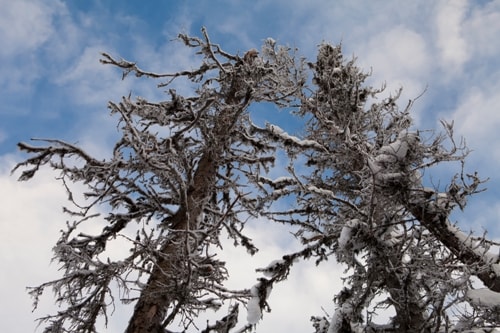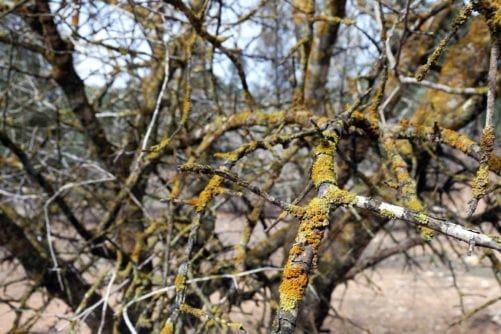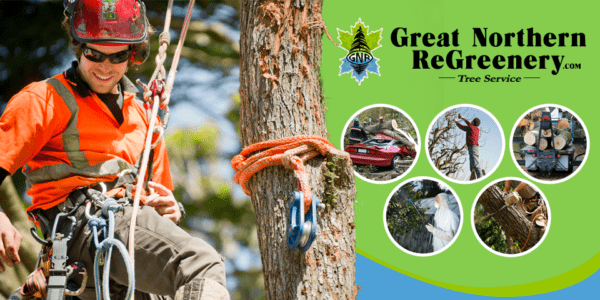
Many factors can lead to a tree becoming infected beginning with where the tree is planted. When planting a new tree, check on what is ideal conditions for the type of tree concerned to help prevent disease. If you discover a diseased tree that is already established, research the tree’s ideal growing conditions. This information could help with determining the cause and discovering a solution.
Common Tree Diseases

Root and Butt Rot Disease
Root and butt rot disease is a leathery black fungus that is found at the base of a hardwood tree’s trunk at ground level near their butt and roots. There are three forms of root and butt rot disease; Black root rot, Armillaria, and Hypoxylon deustum that occur on different types of trees and under certain conditions.
Verticillium wilt
This wilt is a soil-borne disease that attacks maple, elm, catalpa, and stone fruit trees. It infects the tree through its root system, turning tree leaves a paler color. The leaves wilt and drop from the branches. Verticillium wilt is a highly contagious tree disease. Be alert, as this fungus can spread quickly through the soil to other garden life.
Canker Disease
This disease resembles a blister on the tree’s bark like a canker sore. It is caused by an open wound on the tree’s branches that has become infected with bacteria or fungus. Canker tree disease comes in three common forms Phomopsis, Cytospora, and Nectria. Each form of canker disease is particular to certain types of trees.
This mildew looks like a white or gray powder-like growth that occurs on the leaves of trees. This type of mildew is most common in warm, dry climates. Linden, chokeberry, and crabapple trees, as well as a few other varieties, are the most affected. This mildew has been known to infect many other types of vegetation under the right conditions.
Sooty Mold Disease
If you notice a black, powder-like coating found on the tree’s leaves and soil, it is most likely Sooty Mold disease. It mainly occurs on linden, boxelder, elm, and maples trees that have insect infestations. This mold is known to attack several other species of trees with an insect problem.
Heart Rot Disease
Heart rot tree disease is caused by several species of fungus that has grown on the tree’s exposed bare wood. This disease effects cedar, beech, dogwood, birch, and maple trees. It occurs when trees have broken branches, have been improperly pruned, or sustained damage that occurred by insects infestations, animals, or fire. Be alerted if you see fungus or mushrooms growing at the base of the tree.

Discovering tree disease early may be the key to saving your tree. Not all diseases are fatal. Early detection and treatment can go a long way to saving the tree and preventing removal.
If you need help, call us at Great Northern Regreenery Tree Service at 905 775 7444.





